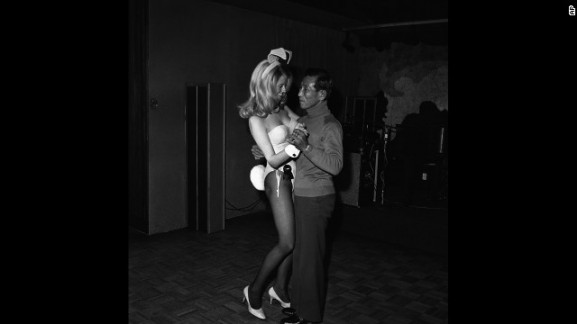Hiroo Onoda: Last Japanese Soldier to Surrender After WWII (in 1974) RIP
Posted









(In the photo gallery above, we see Onoda as a young soldier, a photo of him the day he was brought off Lubang island; making up for lost time while dancing with a Playboy bunny, surrendering his sword to President Ferdinand Marcos, and his cattle ranch near Sao Paulo, Brazil).
I just read Hiroo Onada’s obit; it was in both the LA and NY Times today. He was a soldier of rare determination and devotion to duty and to the Emperor. He lived on a Philippine island for 29 years, from 1945 to 1974, following his final orders to stay and fight as the Americans were launching their final surge onto Japan. He was officially declared dead in1959.
I remember reading the newspaper article all the way back in March, 1974, when he was found on Lubang Island in the Philippines, about 90 miles from Manila. I was amazed then, and amazed again now.
At first he wouldn’t leave because he thought, even after almost three decades living in the jungle, that the war was still going on and he had received no further orders than the one to stay and fight from 1945. There were searches for him, leaflets dropped from American planes saying the war was over, but he didn’t believe it. It took a visit from his commanding officer who had given him his marching orders to convince him that the war was over and Japan had surrendered. The Imperial army followed a code that said death was always preferable to surrender. Onoda was 52 when he was discovered.
Before returning to Japan, he went to Manila and surrendered his sword to then-President Ferdinand Marcos. He wore his now 30 year old imperial army uniform and cap during the ceremony; his uniform was in remarkably good condition.
For a soldier who believed in the Emperor’s divinity and who thought the war was a sacred cause for the Emperor, it was not easy to return to a new Japan unrecognizable from the one he left so long before. He felt himself to be a stranger among all the new shiny buildings and cars and modern amenities unheard of in the 1940s. Nevertheless, he got a hero’s welcome when he finally returned.
He hurried to establish a new life, married, and moved to Brazil where he became a cattle rancher. He still made trips back to Japan. He said he needed to hurry and catch up after so many years hiding in the jungle, living off coconuts, bananas and whatever rice he could steal. He also killed villagers’ cows in order to make beef jerky.
On February 20, 1974, a young traveler named Norio Suzuki went to Lubang island with the express purpose of finding the missing soldier. He set up a tent and stayed in the jungle until Onoda finally emerged from hiding. It was after this that Onoda’s commanding office, Major Yoshimi Taniguchi, was called on to fly to Lubang to convince Onoda that the war was over and that he could return to Japan.
There was a book and a movie based on his life in hiding and his return to modern life.
Here is a part of the movie from youtube. I think they’re speaking in Tagalog. This is part one. There are 4 parts.
http://www.youtube.com/watch?v=scByzMHo0Q4
